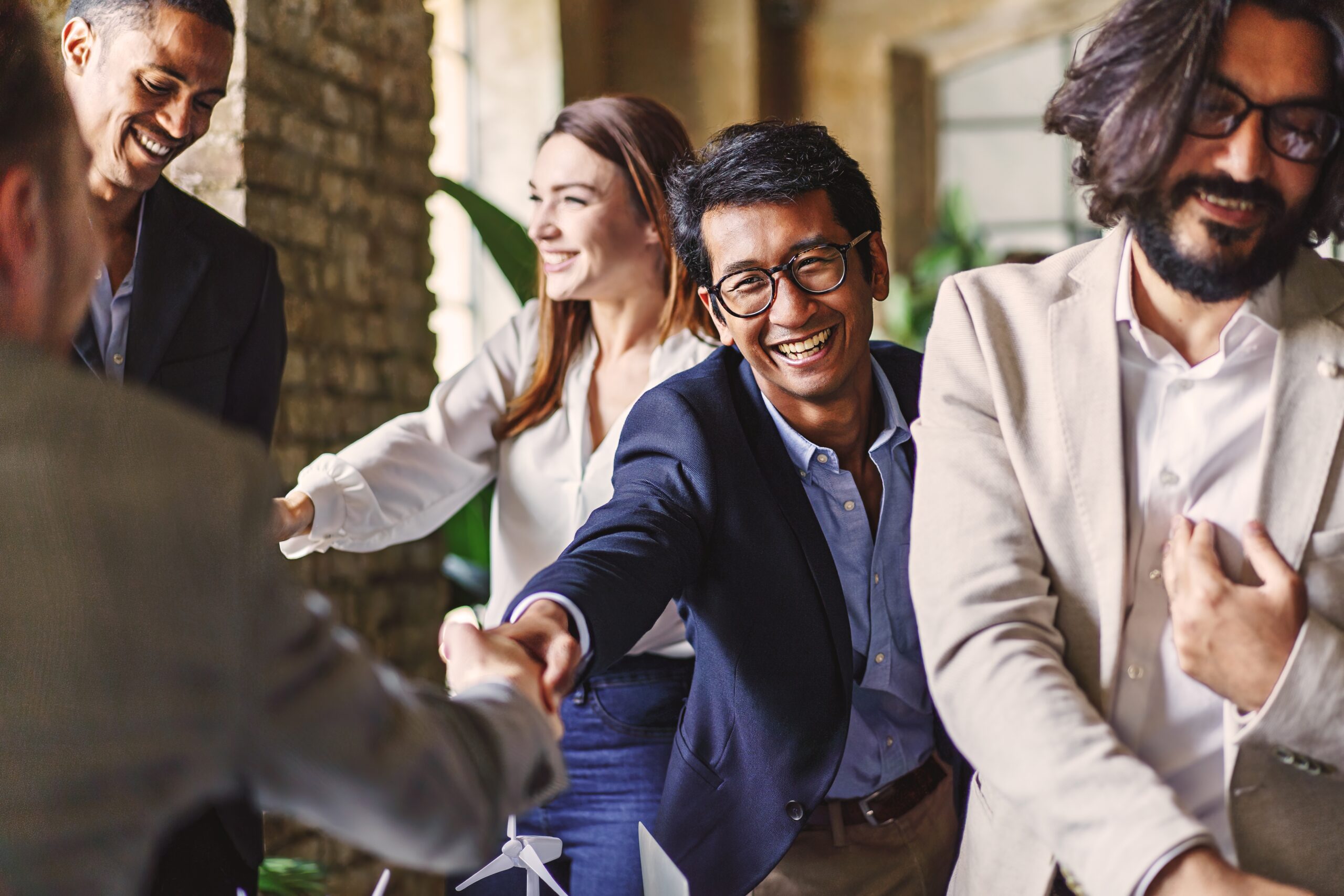Top 7 Tips for Infusing Community Into Your Events

By Mel Bearnes
Events have an unparalleled ability to help people build meaningful relationships within a compressed amount of time. When you hit the mark, guests keep coming back year after year to reinforce those connections. While there’s no one-size-fits-all formula to event design, there are several foundational elements that can set you up for success and help you stay closely attuned to the needs of the people you serve. Here are seven essential tips to infuse community-building strategies into your events.
1. Build the Foundation
During the event design and planning process, convene a council of trustworthy people who are attuned to the needs of your audience and who can provide invaluable feedback and insights. Allowing them to be an integral part of the design phase and not just spectators will help you design highly effective events. As a plus, their buy-in and participation will in turn inspire them to bring in other people from their circle, thus growing your audience base.
2. Don’t Shy Away from Friction
Event planners typically look to smooth out all the rough spots and create seamless experiences, but sometimes, it’s OK to create a little bit of discomfort. Carefully crafted opportunities to create meaningful friction – such as pushing back on current ideas, crushing stereotypes, questioning old beliefs – provide individuals with safe ways to deal with and overcome barriers. They also serve to bolster community by offering shared challenges that can be met and overcome. When people get uncomfortable, things get real and interesting.
3. Tap the Power of Analog Activations
High-tech and cutting-edge digital solutions have undoubtedly created remarkable opportunities to engage and activate attendees, but there is also a real risk of losing out on the process of building community from the ground up. This is where the power of analog activations – requiring hands-on participation – offers proven ways to boost networking and relationship-building. Shared moments of hilarity while attempting to draw, sculpt, or create things that are out of the ordinary will open new opportunities to forge community. By providing avenues for your guests to get out of their heads and into their bodies, you are also giving them ways to create new and meaningful relationships.
4. Embrace Collaboration and Foster Healthy Learning Environments
Don’t let your participants sit in chairs listening to speakers all day. Give them opportunities to experience activations, network, and problem-solve collaboratively. When you give participants the time and space to form relationships, communities blossom. There is no better way to get information to ‘stick’ than to get attendees at your event teaching and learning from each other. Seat folks in small groups that spark conversation, and include icebreaking activities and colorful pencils and sticky notes to promote creative ways to share and absorb information. Getting the room to engage in a lively Q&A session and then breaking down into smaller groups to address specific questions does wonders for engagement and community. And when possible, creating “meet and greet’ opportunities with speakers allows for deeper and more meaningful connection.
5. Make Sure Every Participant Feels Valued
Start by fostering a sense of worth in every member of your team. This will infuse positive energy onsite from check-ins to farewells, and it will help ensure that every guest shares the experience of feeling valued and of being an integral part of the community. Thoughtfulness, attention to detail, and kindness should all be cornerstones of your team’s interactions with each other and with event guests, from minor considerations (like personalized gifts) to major ones (like food allergies). When people feel genuinely appreciated, they lower their guard and become more willing to connect with others.
6. Understand and Support Neurodiversity
Approximately one in four individuals identifies as neurodivergent, and given that roughly 84% of those conditions are invisible, it makes sense to educate yourself and your staff about best practices in accommodations so that you can design inclusive experiences. Sometimes the solution is as simple as providing a sensory room or noise-cancelling headphones. Small gestures such as these will do wonders in creating a more enjoyable and fulfilling experience for neurodiverse attendees. Ease pre-event anxieties by letting people know ahead of time that there are resources available.
7. Utilize Data and Technology to Foster Community
When used wisely, tech tools can provide great ways to foster participation. For example, leveraging data to create a personalized experience for each attendee might sound like it’s moving away from building community, but it can actually create opportunities for attendees to connect with others who share similar preferences and help bridge the gaps between guests with dissimilar interests, helping them find common ground.
